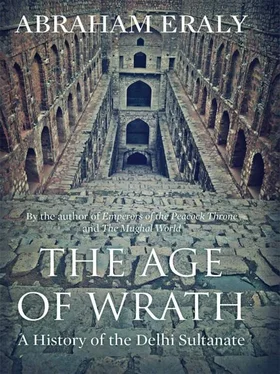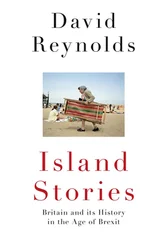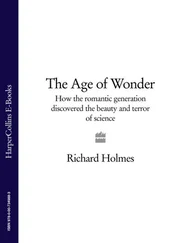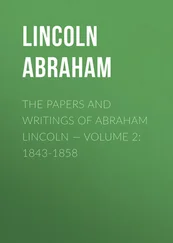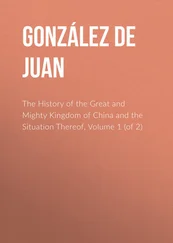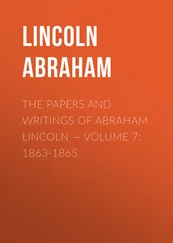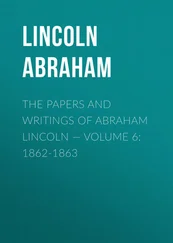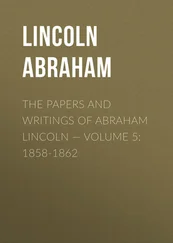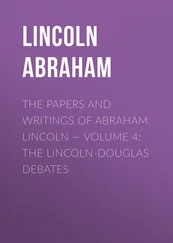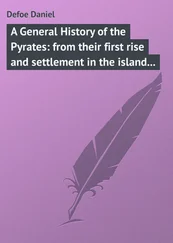
Abraham Eraly
The Age of Wrath
A History of the Delhi Sultanate
In the history which I am writing I will allow no partiality or prejudice to mingle.
— Baihaqi, 11th-century Ghaznavid chronicler
In most parts of my work I simply relate without commenting, unless there be a special reason for doing so.
— Al-Biruni 11th-century Ghaznavid chronicler
It is the duty of a historian … to have no hope of profit, no fear of injury, to show no partiality … or animosity …, to make no difference between friend and stranger, and to write nothing but with sincerity.
— Khafi Khan 17th-century Mughal chronicler
This book completes my four-volume study of the history of pre-modern India.
The four volumes in the set, all published by Penguin in India, are: Gem in the Lotus: The Seeding of Indian Civilisation; The First Spring: The Golden Age of India; The Age of Wrath: A History of the Delhi Sultanate; and The Last Spring: The Lives and Times of the Great Mughals. The Last Spring was later published as two paperback books: Emperors of the Peacock Throne and The Mughal World .
I hope to follow up this set with a summation book, to link India’s past with its present, and to examine the historical processes by which India became the kind of nation it is today.
As in my previous books, I have in this book tried to portray the life of the people in the past, rather than merely chronicle events.
Historians, according to Mughal chronicler Muhammad Hadi, are like ‘thirsty explorers in the desert.’ Often there is not enough water to quench their thirst. There is, for instance, very little data in primary sources on the socio-cultural history of early medieval India, or on the life of the common people. But the source books have a good amount of material on the life of kings, and that enlivens the history of the age with human drama.
Another major problem that we have with early medieval Indian history is that our main sources of information about it are the accounts given by Arab, Persian and Turkish chroniclers. These are inevitably one-sided, though they seldom deliberately falsify facts. We have virtually no Indian sources for the history of this age.
What matters it to us whether
Rama reigns or Ravana reigns?
— A Medieval Indian Saying
{1}
Challenge and Response
The inception of the second millennium CE marked the beginning of a radically new and transformative phase in the history of India, which would last nearly as long as the millennium itself. During virtually this entire period a good part of India was under the political and socio-cultural dominance of invaders, first under Turks, then under Mughals, and finally under Britishers.
These invaders were entirely unlike all the previous invaders of India. Although several other races had entered India over the millennia as invaders or migrants, in time they all had merged indistinguishably into the Indian socio-cultural milieu. This did not happen with Turks, Mughals or Britishers. Nor was there any significant general change in the life and culture of Indians under the influence of these invaders, except during the latter period of the British rule. Indians and these invaders coexisted, but they did not blend. They were like oil and water in the same pot.
The first phase of this millennial history of foreign rule in India began with the invasion of India by Turks and the establishment of the Delhi Sultanate. This development had a radically transmutative effect on the political makeup of India, the displacement of virtually the entire traditional ruling class of India by the invaders. More importantly, the Turkish invasion resulted in the superimposition of a wholly contradistinctive foreign civilisation over Indian civilisation.
Curiously, there was no awareness at all among medieval Indians, even among the ruling class, about the historic nature of the Turkish invasion. The lack of this awareness meant that there was no general, united opposition by the rulers or the people of India against Turks. Turks were not seen by Indians as aliens, but as just another component in the ever roiling regional, racial, tribal, linguistic, socio-cultural, religious, sectarian and political diversity of India. So even while Turks were mopping up Hindu kingdoms one after the other, the rajas and their chieftains went on with their usual endless petty squabbles and battles among themselves, as if nothing whatever in their world had changed.
But everything in their world had in fact changed radically. Turks were entirely different from all the previous invaders of India, and Indians of this age were entirely different from what their forefathers had been in the previous age. India had absorbed all the pre-Turkish invaders and migrants into its society and culture because India was then, for a thousand years from around the middle of the first millennium BCE to around the middle of the first millennium CE, a marvellously vital and creative civilisation, which was far more advanced than the civilisations of most of the invaders and migrants. In dismal contrast to this, Indian civilisation at the time of the Turkish invasion was in an awfully decadent and comatose state, while Turks had a youthful, vibrant and advanced civilisation.
Besides, the socio-religious systems and culture of Indians and Turks were far too divergent from each other to have any transformative influence on each other. Basically, the problem was that Islam was too adamantine to be influenced by Hinduism, and Hinduism was too effete to respond creatively to Islam. There was no consonance at all between the two religions in any respect: while Islam was monotheistic, Hinduism was polytheistic; while Hinduism was a malleable, multilayered religion which was forever in flux, Islam was a monolayered and relatively immutable religion. And while Islam was an aggressive, proselytising religion, which was intolerant of other religions, Hinduism was a passive, non-proselytising religion, which could companionably coexist with any other religion, or any number of other religions. Similarly, while Hinduism was an inclusive religion, which could accommodate within it any number of diverse deities, beliefs and practices, and could be anything to anybody, Islam was an exclusive religion, which had only one god and one basic set of beliefs and practices.
Furthermore, while Islamic society was egalitarian and had no hereditary social divisions, Hindu society was rigidly hierarchic and was divided into many hereditary castes occupying different rungs in society and performing their allotted exclusive socio-economic functions. Likewise, while Hindu society was a closed society, and its caste divisions were hereditary, into which one could enter only by being born into it, Islamic society was an open society, into which anyone from any background could enter as an equal member on becoming a Muslim. And while Muslims feasted on beef, Hindus venerated the cow and regarded cow slaughter and beef eating as most heinous sins.
Basically, while Hindu society could have possibly accommodated Islamic religious beliefs and social practices within it by assigning to them particular religious and socio-cultural spaces, as it had done over the centuries with numerous Indian tribal cults and the cults of migrants and invaders, Muslim society could not possibly have accommodated Hindu religious beliefs and social practices within it without totally compromising its socio-religious identity — without ceasing to be Islam, in fact.
Читать дальше
